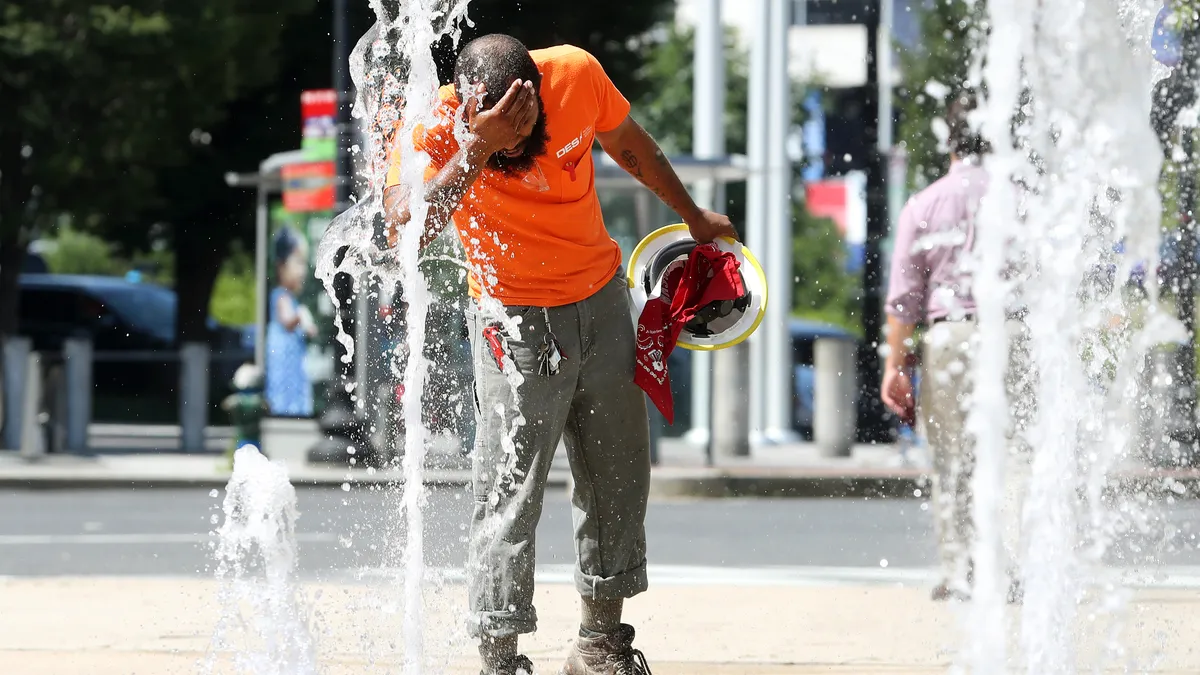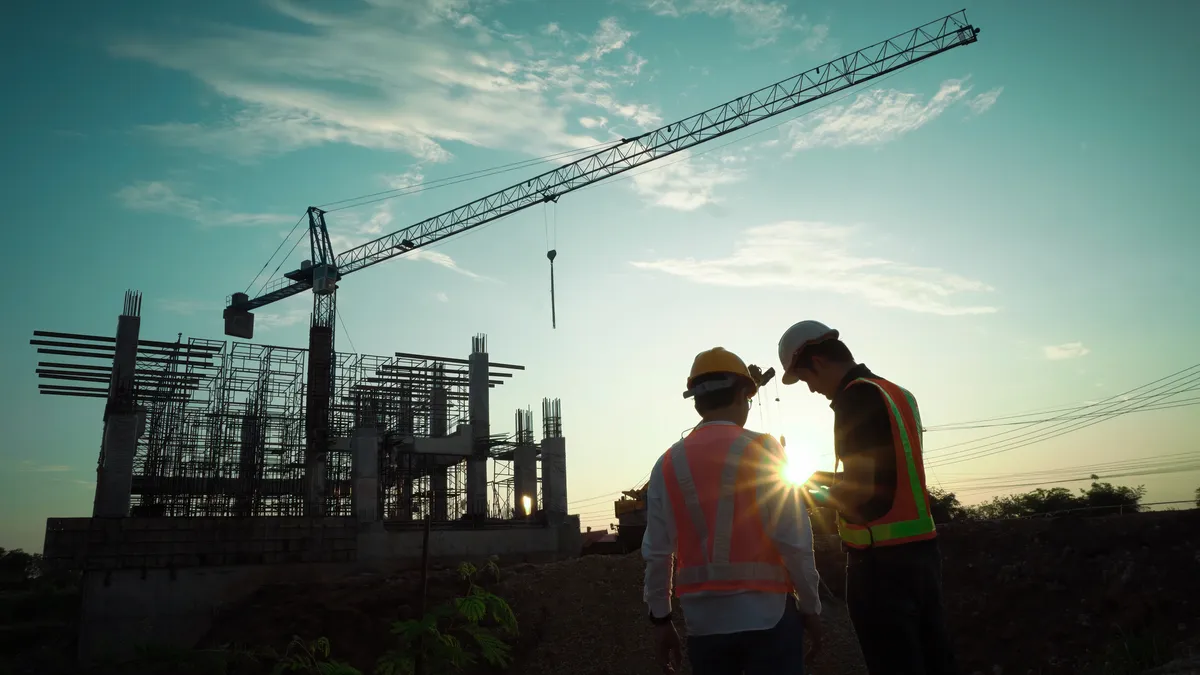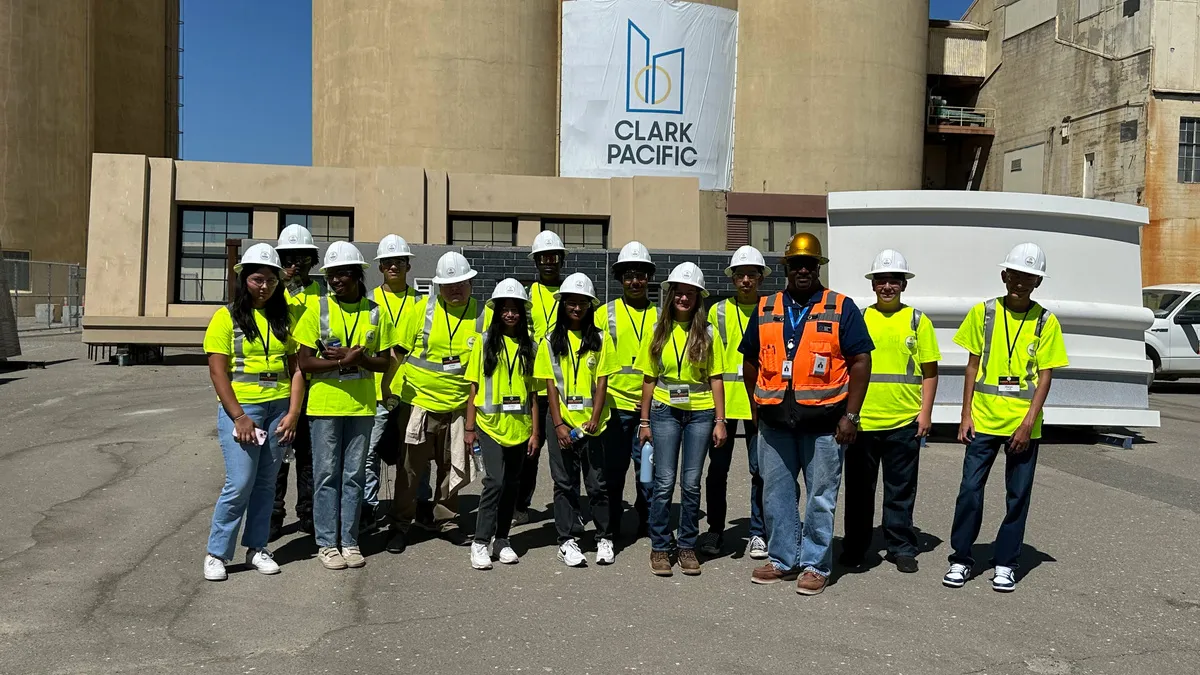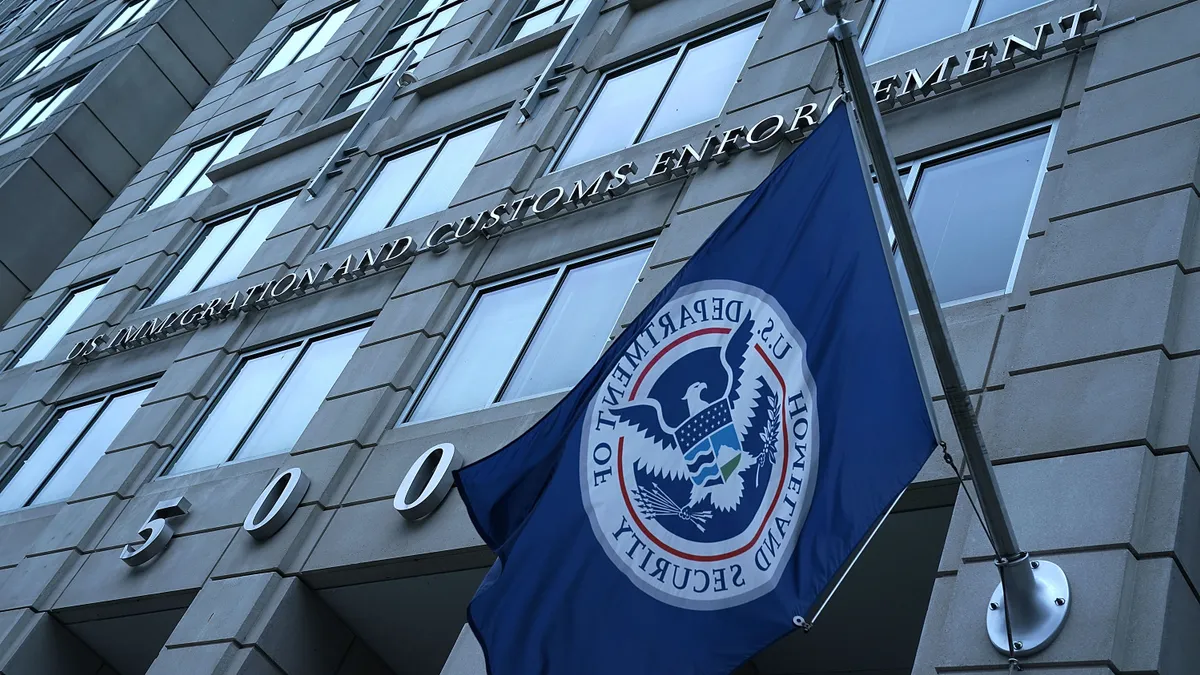OSHA is in the process of developing a federal standard to protect workers from exposure to dangerous heat conditions, which it currently doesn't have. That — combined with summer weather and heat waves sweeping many parts of the country — is boosting attention to heat-related health problems among construction workers.
"Construction workers as a whole are at risk of heat-related illness," said Gavin West, director of nanomaterials research at The Center for Construction Research and Training. "People are becoming more aware of it."
Construction sees disproportionate heat deaths, stress
Data shows that construction workers only comprise 6% of the workforce but accounted for more than one-third (36%) of occupational heat-related deaths from 1992 to 2016. Cement masons were 10 times more likely, and roofers were seven times more likely, to die from heat compared to the average construction worker.
"Heat can be an issue for construction, primarily those who are doing outdoor work: the civil work on highways and transportation," said Kevin Cannon, senior director of safety and health services at Associated General Contractors of America. "But it also presents a problem for vertical construction and even some remodeling build-outs and renovations."
Indoor workers are susceptible to heat stress, too, especially those working around heat-producing equipment. Wearing protective gear is part of the job, but it can exacerbate negative heat effects by restricting air flow or preventing proper cooling through sweating. Physical activity also raises body temperature and makes workers more susceptible to heat stress.
A University of Alabama study notes that the majority of heat-related health incidents and fatalities occur at small contractor businesses. The study says most workers are aware of the concept of heat stress, and employers should emphasize creating a culture of healthfulness on job sites.
Tips to prevent heat illness
OSHA's heat illness prevention campaign highlights the dangers and symptoms of heat illness as well as employers' responsibilities and workers' rights. However, not all contractors heed the guidance and put in place worker protections.
OSHA's campaign centers on employers providing adequate water, rest periods and shade or cool-off areas at job sites. OSHA also recommends monitoring employees for heat illness and training them to recognize the signs in themselves and co-workers. A buddy system is an effective way to do that, West said.
People have different thresholds for heat exposure based on physical fitness, medical conditions and potential medication reactions. Employees should know their own limits and feel empowered to ask for a break or other accommodations, sources say.
"It is key for employees or construction workers to be trained on what the symptoms of heat illness are and paying attention to their bodies," Cannon said. "It's a combination of the workers understanding themselves … but also on the employer side, making sure they're adding an education and training component to it."
Pulling workers from duty following a heat-related incident is crucial to preventing a more serious heat injury or death, West said. For example, the University of Alabama researchers indicate continuous work time contributes to heat illness and has a cumulative effect. Lesser forms of heat illness could progress to more serious illness or death if workers return to duty too soon. Continuous heat exposure also results in declining physical capacity and mental alertness, which can lead to other safety incidents.
Acclimatization, or a "ramp-up period," helps new workers cope with heat exposure, West said. OSHA and NIOSH recommend the "rule of 20%," or allowing new workers to only work 20% of a normal day on their first day in heat, then increasing duration by no more than 20% each subsequent day.
All these preventative measures begin with advance planning: contractors should develop a heat illness prevention plan and train employees how to follow it, West said. Heat illness risks, symptoms, preventative measures, and procedures and supplies to care for a person experiencing heat stress are all valuable plan elements. West also suggests that employers remain aware of weather patterns and heat advisories to take appropriate preventative action, including rescheduling some work for cooler parts of the day.
Sources suggest that OSHA’s federal standard will help guide contractors in devising and implementing their own heat illness prevention plans. Participants in a June virtual meeting of the National Advisory Committee on Occupational Safety and Health confirm the agency is in the process of analyzing feedback it gathered over the last several months and is identifying gaps in current information, such as guidance about drinking caffeine and energy drinks in heat, to inform the rulemaking.
Climate change exacerbating heat waves
Research indicates climate change is contributing to more frequent, longer, and more intense heat waves. That creates additional job site safety challenges and could prompt contractors to revisit and update their heat safety plans — especially those operating in areas that previously haven't experienced significant heat events.
The Pacific Northwest, for example, typically has mild summers but last year experienced an unprecedented heat wave with temperatures in the 100s. Construction workers there were hit particularly hard because the region isn't well equipped to handle temperature spikes. The heat wave underscored EPA data linking climate change to worsening heat events and presents an opportunity for improving heat illness prevention and mitigation strategies.
The worsening heat waves are "concerning, and I think it's good that people are taking steps to protect workers," West said.

















